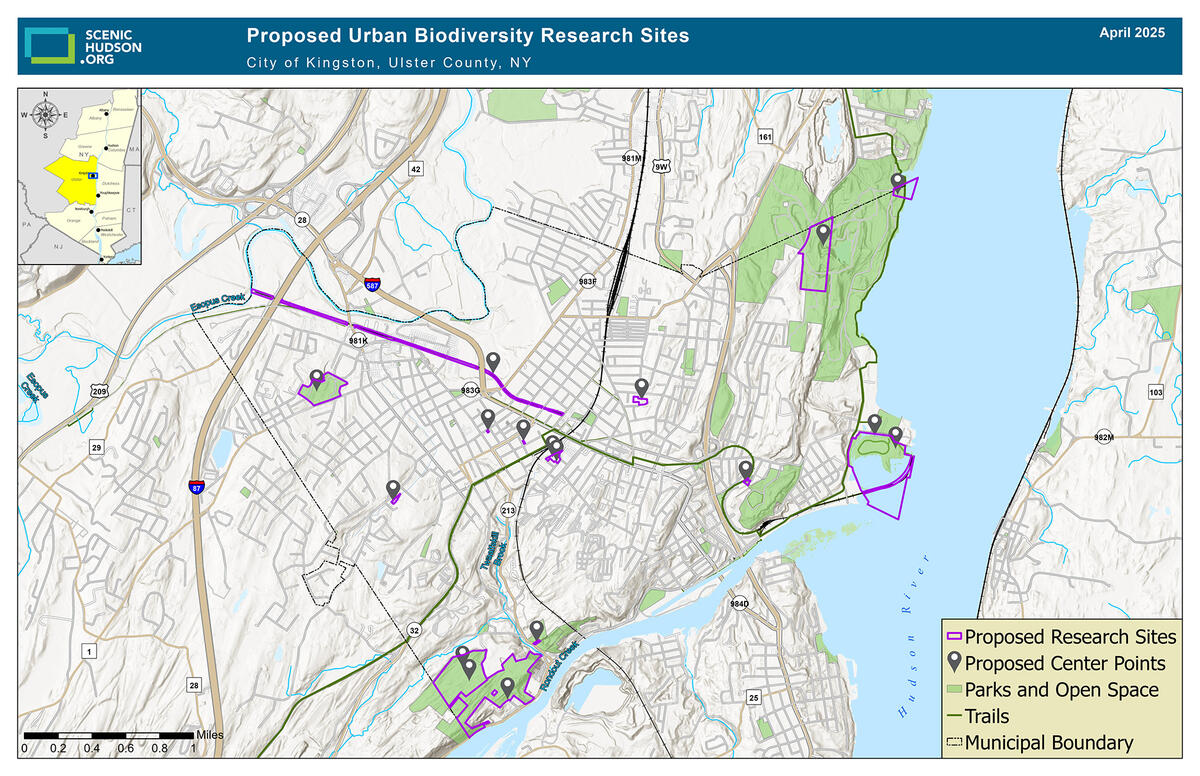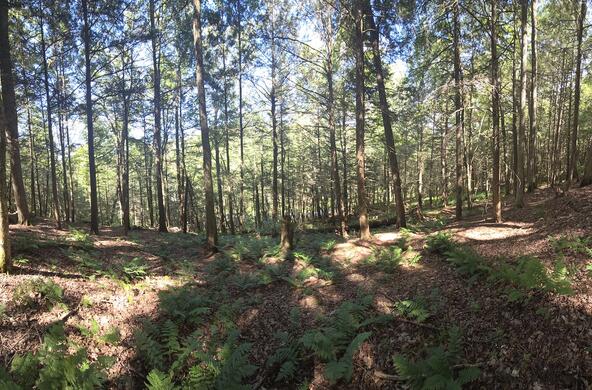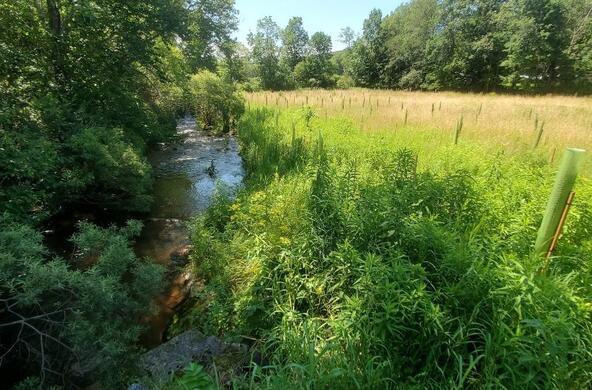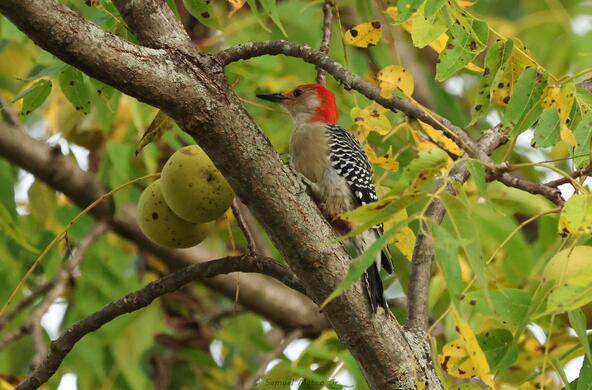With more than half of all people living in cities, urban green spaces and the benefits they provide – including cooling, mitigating floods, and filtering water — are increasing in importance. Many cities are working to grow their green spaces by investing in parks, tree-planting initiatives, and more.
How does all that greenery impact plant and animal biodiversity, and what positive or negative impacts does biodiversity have on city residents? These are some of the questions being explored by Shannon LaDeau, an ecologist at Cary Institute of Ecosystem Studies, in partnership with Scenic Hudson, an environmental organization in New York’s Hudson Valley.
In the coming years, Scenic Hudson plans to improve and expand urban green spaces in three cities along the Hudson River: Kingston, Newburgh, and Poughkeepsie. The plans offer a unique natural experiment for LaDeau and her team. Using camera traps and vegetation surveys, they’ll monitor which plants and animals live at each site before and after greening efforts, and what those changes in biodiversity might mean for people living nearby.
“Shannon’s work will add strength and complexity to our efforts to protect and enhance urban ecosystems, highlight key natural assets, and ensure urban communities experience the many benefits of natural spaces,” said Kayla Patel, an urban planner and project manager at Scenic Hudson.

LaDeau and Patel began a pilot study at sites in Poughkeepsie in fall 2024, and have begun protocols to monitor biodiversity at 30 sites spread evenly across the three cities. Sites vary in size and makeup, ranging from paved areas and vacant lots to parks and patches of forest. The monitoring will continue for at least three years.
The pilot work in fall 2024 included camera traps, which captured images of 13 different animal species, including woodchucks, raccoons, skunks, both gray and red foxes, deer, and a lot of squirrels. LaDeau expects they’ll eventually catch a bear or two on camera, but she’s more interested in smaller animals like weasels and martens that might use the rail trails and other natural corridors to get into the city and perhaps stay.
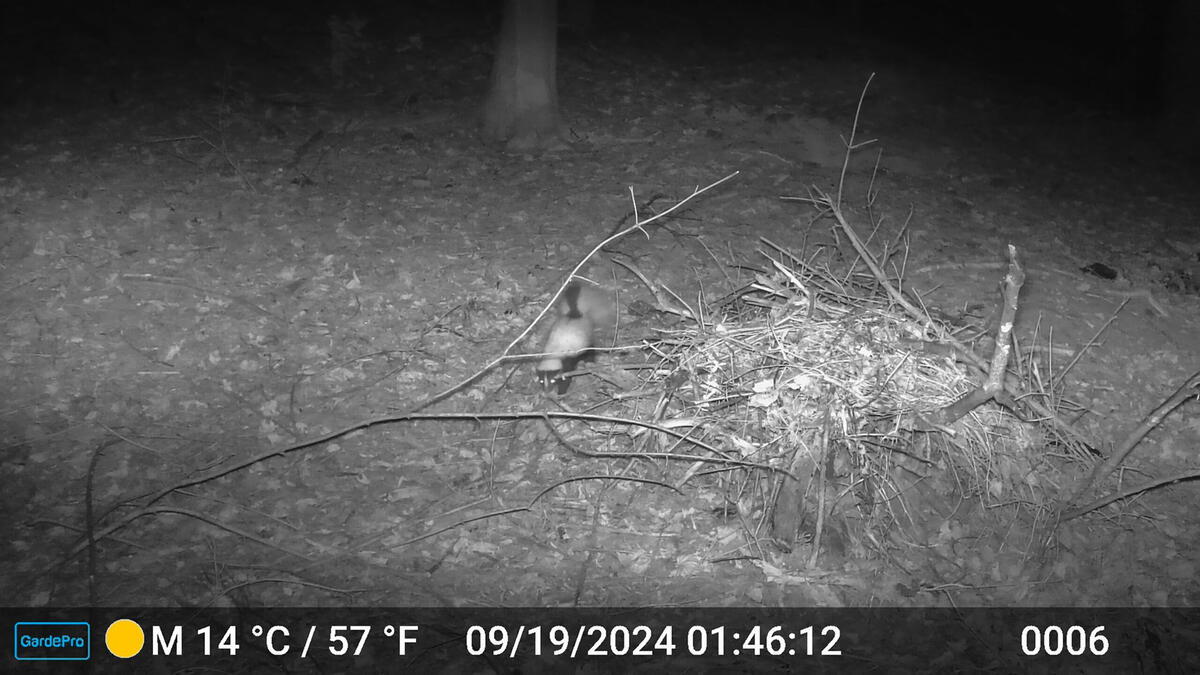
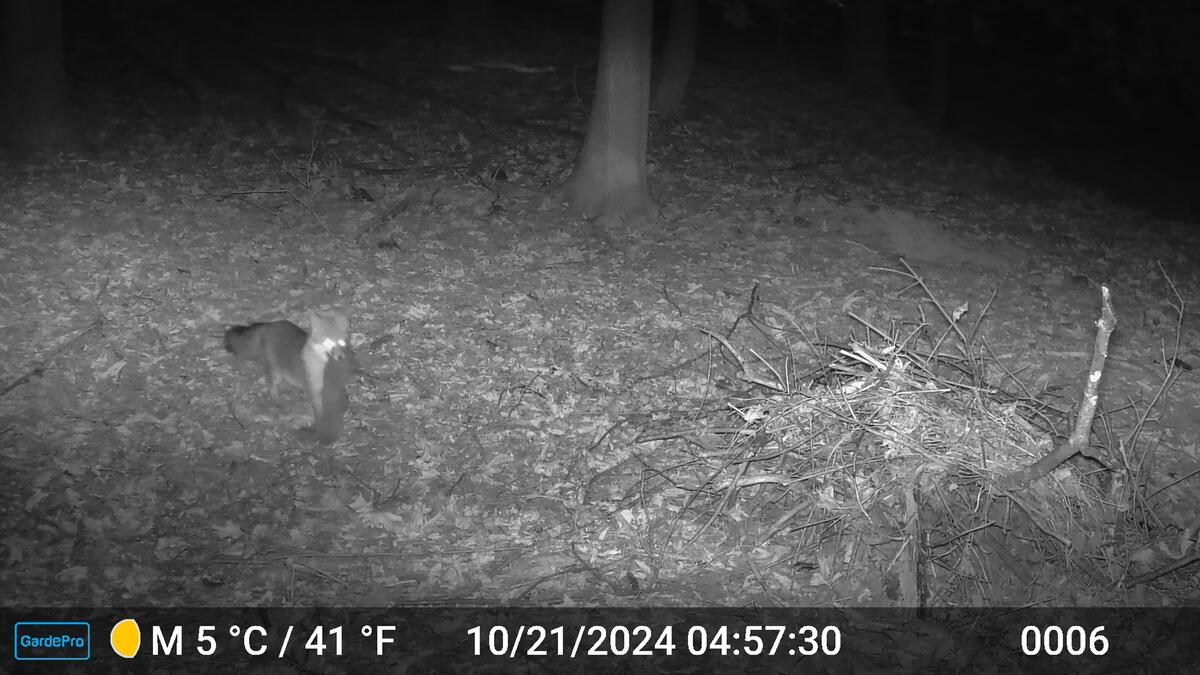
LaDeau’s central questions include: “How biodiverse are these cities, how are greening efforts changing biodiversity, and what do these changes mean for residents?” She is particularly interested in investigating how shifts in vegetation influence animal communities, including species that can carry tick-borne diseases.
“If you’re hanging out in a parking lot, you might get really hot, but chances are you're not going to get Lyme disease. As we try to increase urban access to nature, we also increase potential interactions with ticks and mosquitoes and other species that rely on vegetation,” LaDeau explained. “Being exposed to nature has important benefits for people, but I think it is also important to understand when and where it could alter human risk.” To better understand these relationships, the scientists will sample for ticks and mosquitoes at all the study sites.
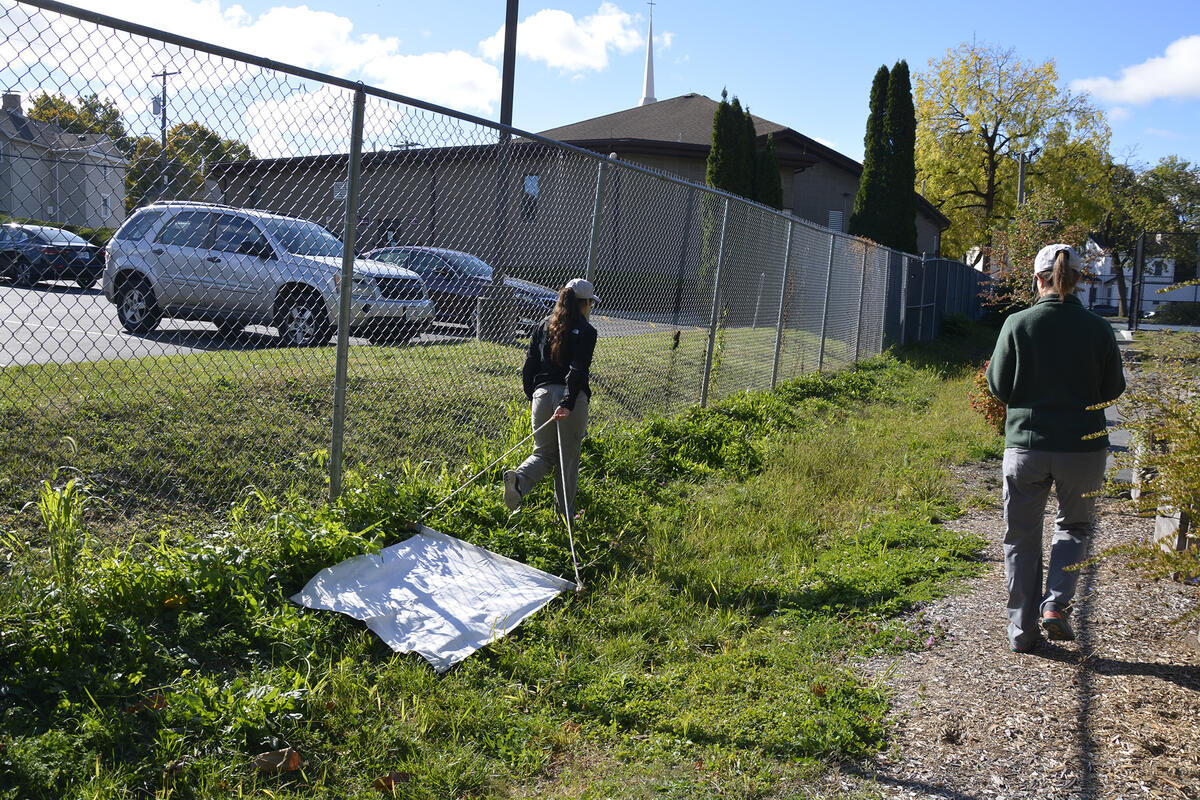
Cultivating equitable and community-led conservation
LaDeau has been interested in urban biodiversity for many years. Her work studying mosquitoes in Baltimore, MD, showed her that urban greenery and its benefits are not always distributed equitably through cities. Additionally, she found greening efforts added stress for some residents in lower-income neighborhoods, especially if those efforts went ahead without community involvement or committed resources for long-term maintenance.
Similarly, Patel noted that communities in Kingston, Newburgh, and Poughkeepsie have limited access to the health benefits of nature due to decades of segregation and disinvestment.
To counteract these legacies and ensure conservation is community-led, the project emphasizes community engagement at every step. This includes understanding how green spaces are used and valued by local communities, engaging community groups and high school students in the research — by sorting through camera trap photos, for instance, or helping with biodiversity surveys — and incorporating their perspectives into greening plans.
“Engaging residents as scientists enables them to use this research to influence planning processes occurring in all three cities,” said Patel. “This study provides a great reason for people to be outside in their neighborhoods, lean into wonder and curiosity about local ecosystems, and deepen the existing bonds with places, plants, animals, and forms of life wherever they live and spend time.”

Exploring biodiversity in an urban context
LaDeau is exploring how best to measure biodiversity in urban settings. “There is an assumption that if you add more species, a place becomes more biodiverse and will function better,” she said. “But what if some of the species are redundant in their function? And which species are most important? Does the number of tree species predict the diversity of animals that will thrive there? Does aboveground biodiversity predict belowground microbes? While some of these questions are understood in intact natural systems, we have less information available about the ecosystems we live in.”
In fact, there are many challenges to translating an ecological perspective to urban areas. Humans are one of them, LaDeau notes. “Most of the time, when ecologists think about biodiversity, humans are just one more species. But in these human-dominated spaces, they're not just one more species. They're everywhere — changing, interacting with, and responding to everything in the environment. I think there are a lot of interesting unknowns about how humans fit in and affect both biodiversity composition and its function.”
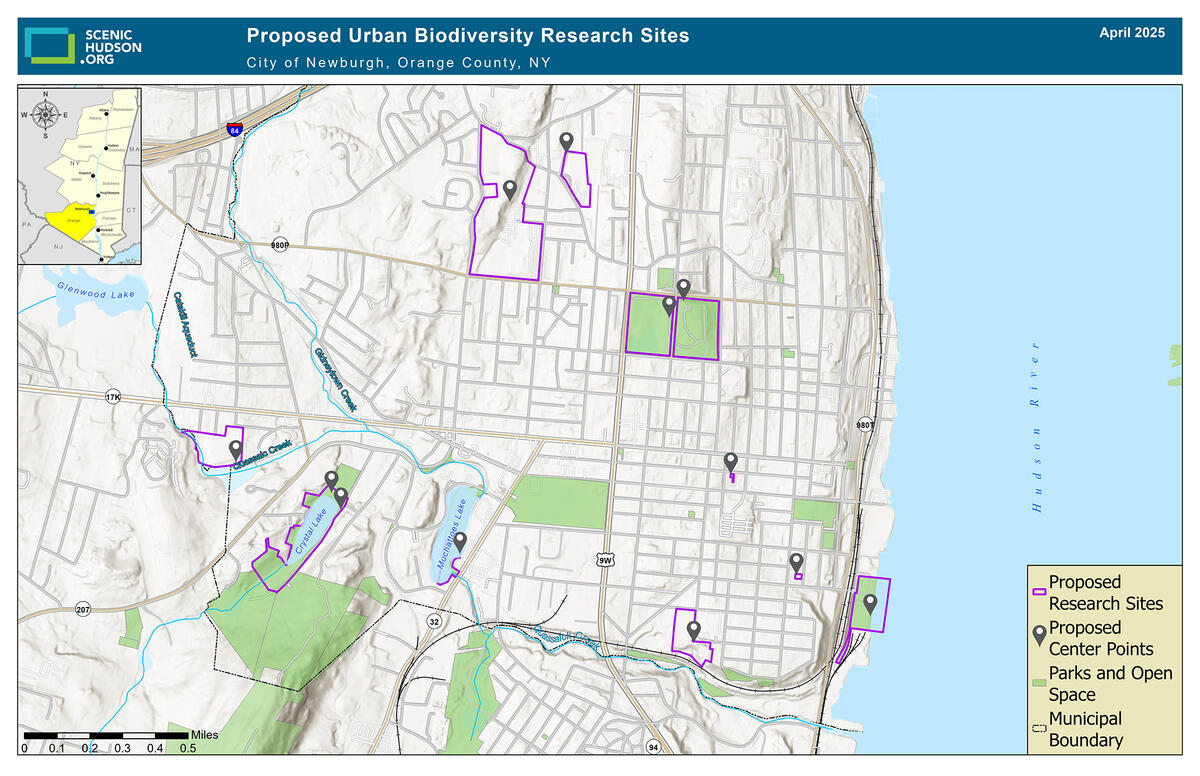
One of the obstacles to performing rigorous studies in urban areas is the patchwork of land use and ownership; finding the right areas to study and securing permission to access those lands can be overwhelming, LaDeau said. Fortunately, Scenic Hudson’s deep knowledge of the landscape and engagement with local communities have helped to smooth the way.
“Scenic Hudson has been really wonderful about facilitating access and helping to prioritize which sites to include,” said LaDeau. “They have a finger on the pulse of which areas are likely to grow or disappear, and they know the sites that are most important to local residents.”
Last fall’s pilot study in Poughkeepsie helped LaDeau to narrow in on what types of data to collect, hone her skills for placing camera traps in areas frequented by people, and develop a plan to sort through the resulting photos.
Over the coming years, the data they collect will inform efforts to plan, manage, and implement conservation programs that improve urban green spaces for all.
